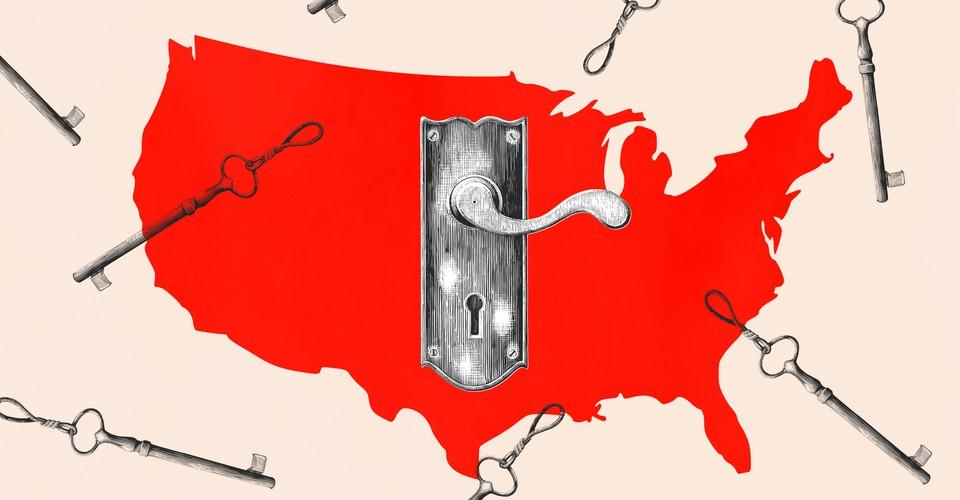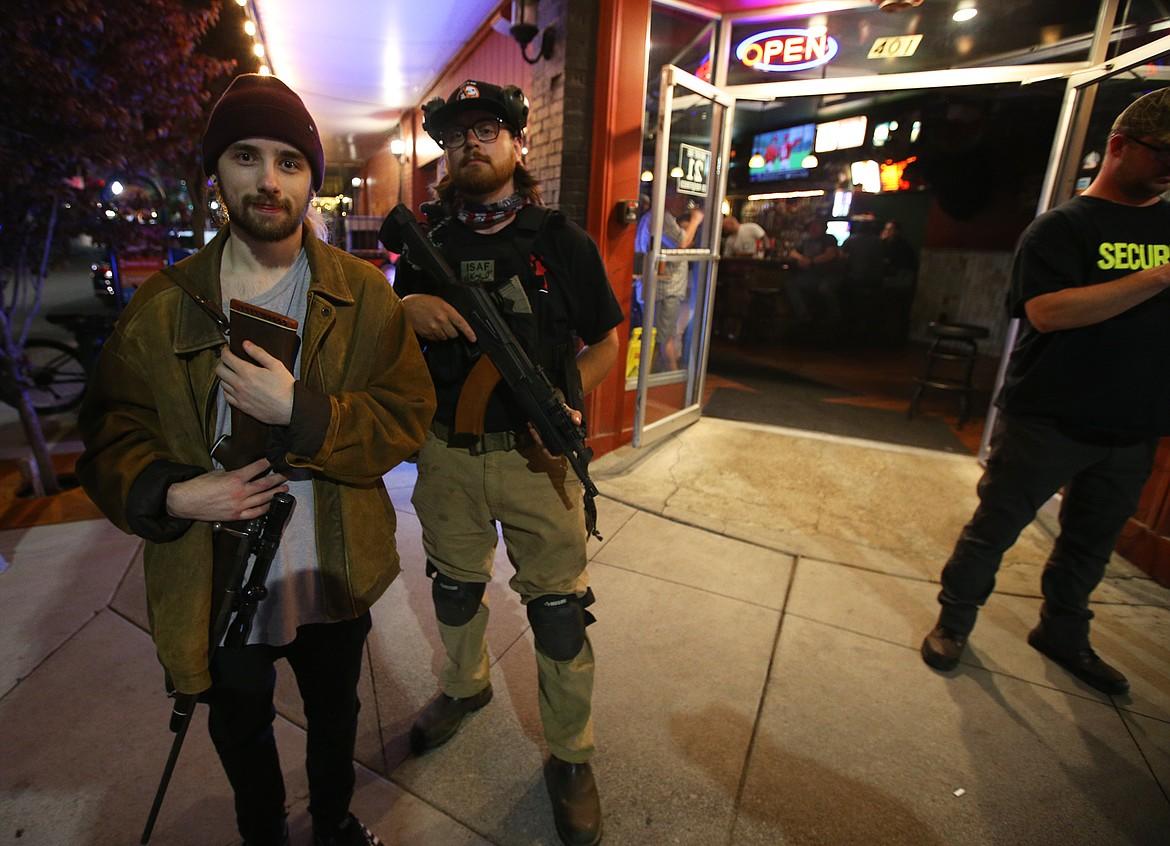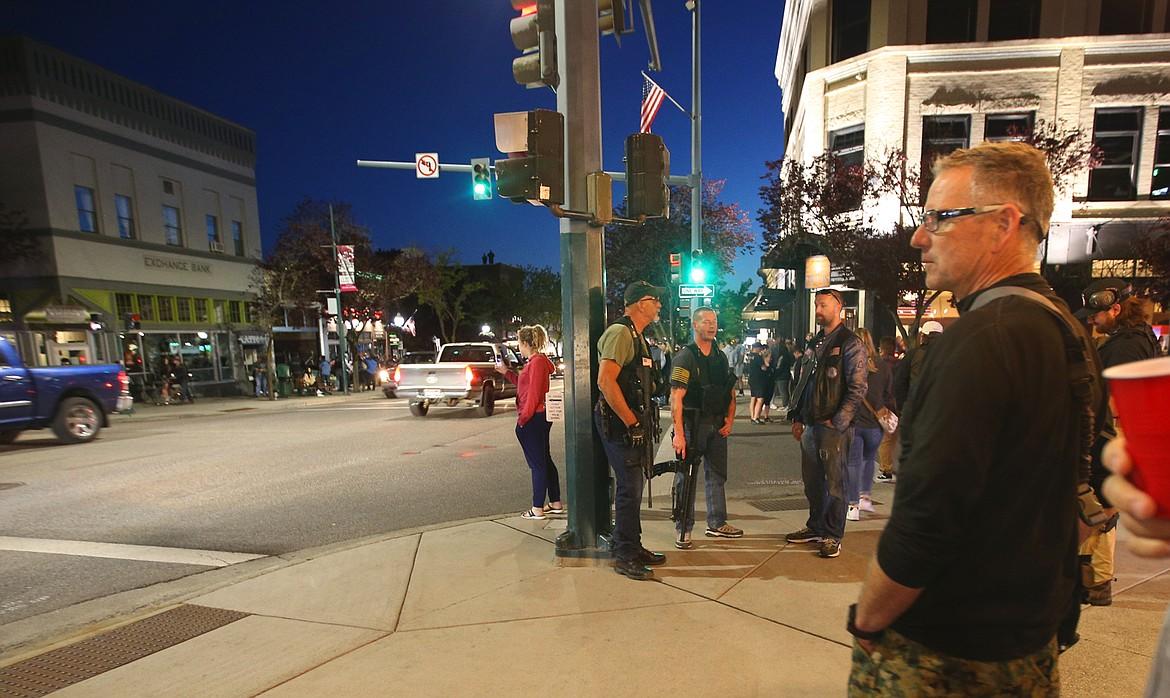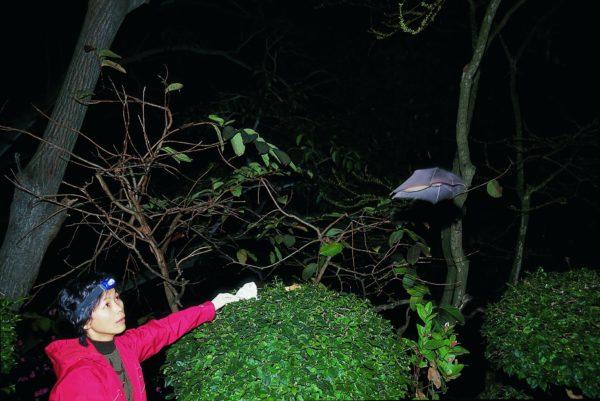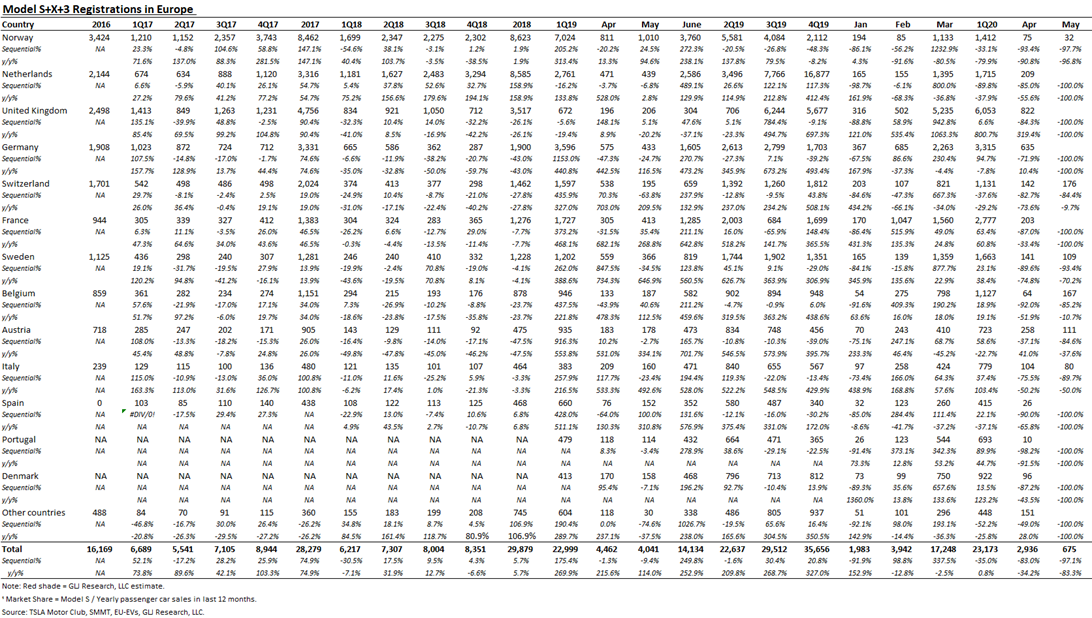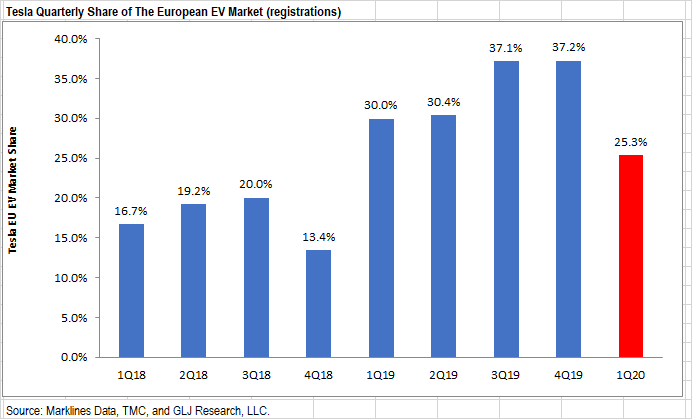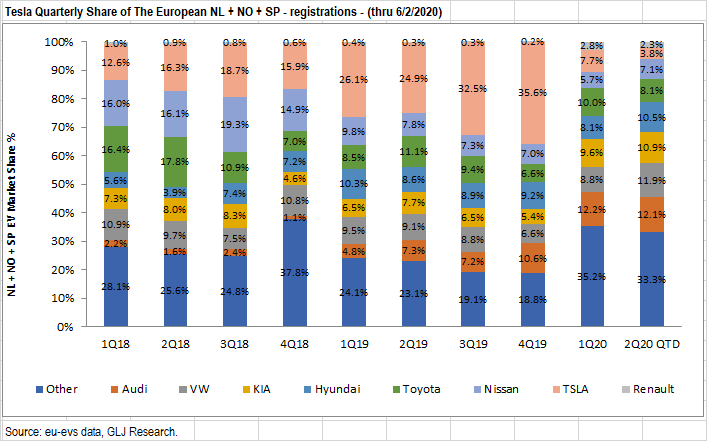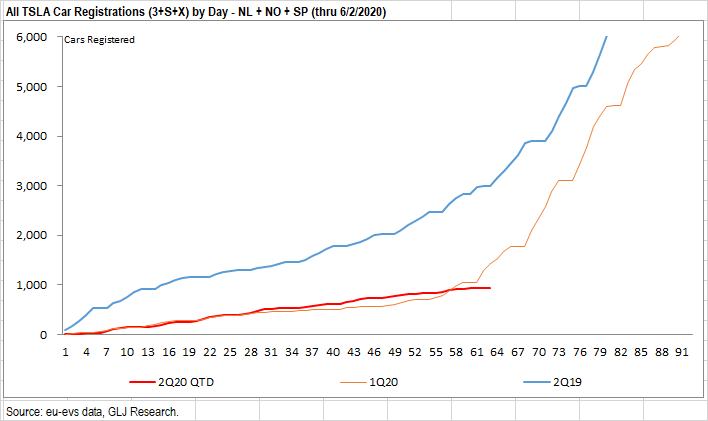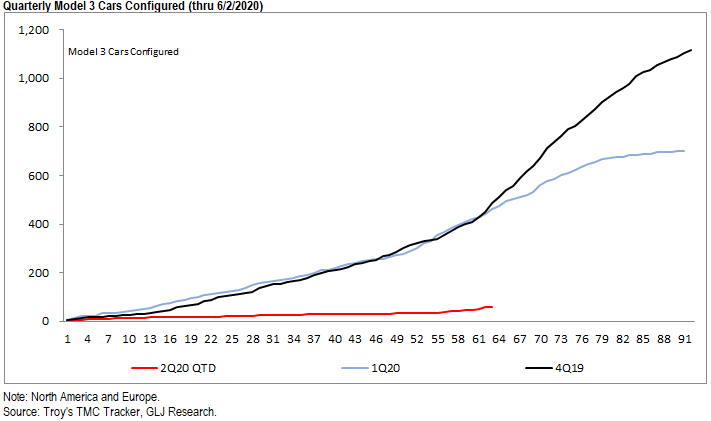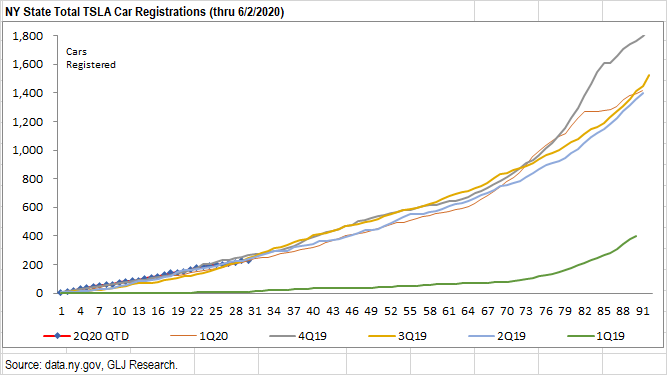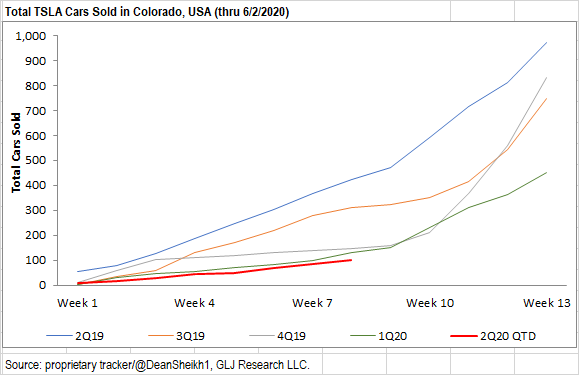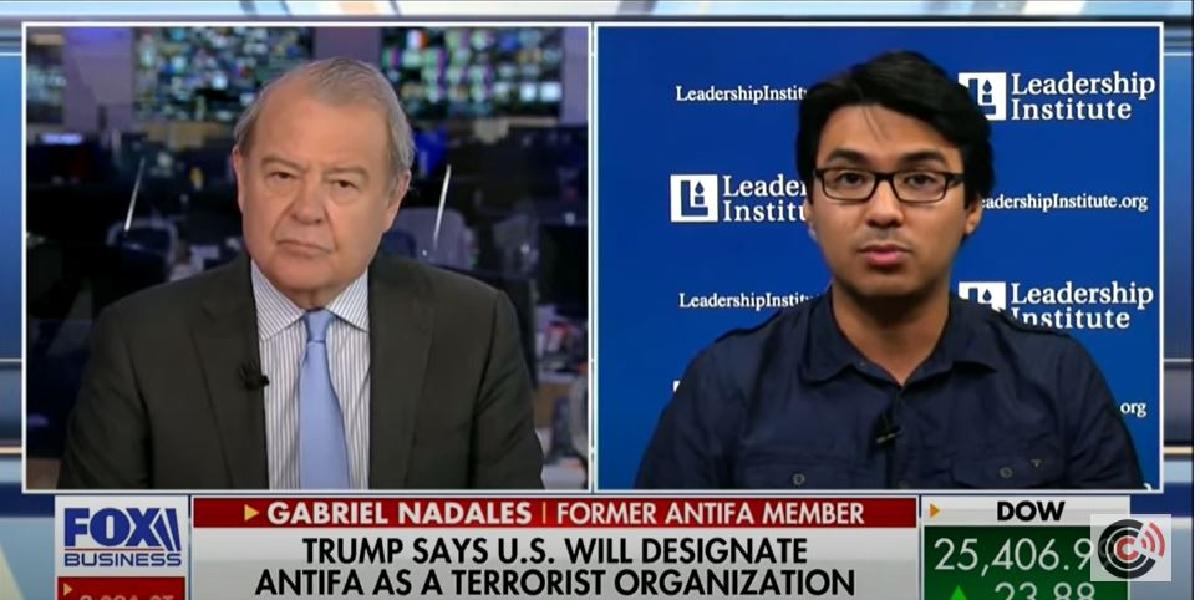This Is Not A Revolution. It’s A Blueprint For Locking Down The Nation
Tyler Durden
Tue, 06/02/2020 – 23:25
Authored by John Whitehead via The Rutherford Institute,
“When it gets down to having to use violence, then you are playing the system’s game. The establishment will irritate you—pull your beard, flick your face—to make you fight. Because once they’ve got you violent, then they know how to handle you.”
– John Lennon
Brace yourselves.
There is something being concocted in the dens of power, far beyond the public eye, and it doesn’t bode well for the future of this country.
Anytime you have an entire nation so mesmerized by political theater and public spectacle that they are oblivious to all else, you’d better beware.
Anytime you have a government that operates in the shadows, speaks in a language of force, and rules by fiat, you’d better beware.
And anytime you have a government so far removed from its people as to ensure that they are never seen, heard or heeded by those elected to represent them, you’d better beware.
What is unfolding before us is not a revolution.
The looting, the burning, the rioting, the violence: this is an anti-revolution.
The protesters are playing right into the government’s hands, because the powers-that-be want this. They want an excuse to lockdown the nation and throw the switch to all-out martial law. They want a reason to make the police state stronger.
It’s happening faster than we can keep up.
The Justice Department is deploying federal prison riot teams to various cities. More than half of the nation’s governors are calling on the National Guard to quell civil unrest. Growing numbers of cities, having just barely emerged from a coronavirus lockdown, are once again being locked down, this time in response to the growing upheaval.
This is how it begins.
It’s that dystopian 2030 Pentagon training video all over again, which anticipates the need for the government to institute martial law (use armed forces to solve domestic political and social problems) in order to navigate a world bedeviled by “criminal networks,” “substandard infrastructure,” “religious and ethnic tensions,” “impoverishment, slums,” “open landfills, over-burdened sewers,” a “growing mass of unemployed,” and an urban landscape in which the prosperous economic elite must be protected from the impoverishment of the have nots.
We’re way ahead of schedule.
The architects of the police state have us exactly where they want us: under their stamping boot, gasping for breath, desperate for freedom, grappling for some semblance of a future that does not resemble the totalitarian prison being erected around us.
This way lies certain tyranny.
For just one fleeting moment, “we the people” seemed united in our outrage over this latest killing of an unarmed man by a cop hyped up on his own authority and the power of his uniform.
That unity didn’t last.
Indeed, it didn’t take long—no surprise there—for us to quickly become divided again, polarized by the misguided fury and senseless violence of mobs taking to the streets, reeking of madness and mayhem.
Deliberately or not, the rioters have directed our attention away from the government’s crimes and onto their own.
This is a distraction.
Don’t allow yourself to be so distracted.
Let’s not lose sight of what started all of this in the first place: the U.S. government.
More than terrorism, more than domestic extremism, more than gun violence and organized crime, the systemic violence being perpetrated by agents of the government constitutes a greater menace to the life, liberty and property of its citizens than any of the so-called dangers from which the government claims to protect us.
Case in point: George Floyd died at the hands of the American police state.
The callous, cold-blooded murder of the unarmed, 46-year-old black man by police is nothing new: for 8 minutes and 46 seconds, police knelt on Floyd’s neck while the man pleaded for his life, struggled to breathe, cried out for his dead mother, and finally passed out and died.
Floyd is yet another victim of a broken system of policing that has placed “we the people” at the mercy of militarized cops who have almost absolute discretion to decide who is a threat, what constitutes resistance, and how harshly they can deal with the citizens they were appointed to “serve and protect.”
Daily, Americans are being shot, stripped, searched, choked, beaten and tasered by police for little more than daring to frown, smile, question, challenge an order or just exist.
I’m talking about the growing numbers of unarmed people are who being shot and killed for just standing a certain way, or moving a certain way, or holding something—anything—that police could misinterpret to be a gun, or igniting some trigger-centric fear in a police officer’s mind that has nothing to do with an actual threat to their safety.
Killed by police for standing in a “shooting stance.” Killed for holding a cell phone. Killed for holding a baseball bat. Killed for opening the front door. Killed for being a child in a car pursued by police. Killed for approaching police while holding a metal spoon. Killed for running in an aggressive manner while holding a tree branch. Killed for crawling around naked. Killed for hunching over in a defensive posture. Killed because a police officer accidentally fired his gun instead of his taser. Killed for wearing dark pants and a basketball jersey. Killed for reaching for his license and registration during a traffic stop. Killed for driving while deaf. Killed for being homeless. Killed for brandishing a shoehorn. Killed for peeing outdoors. Killed for having his car break down on the road. Killed for holding a garden hose.
Now you can make all kinds of excuses to justify these shootings, and in fact that’s exactly what you’ll hear from politicians, police unions, law enforcement officials and individuals who are more than happy to march in lockstep with the police. However, as these incidents make clear, the only truly compliant, submissive and obedient citizen in a police state is a dead one.
Sad, isn’t it, how quickly we have gone from a nation of laws—where the least among us had just as much right to be treated with dignity and respect as the next person (in principle, at least)—to a nation of law enforcers (revenue collectors with weapons) who treat us all like suspects and criminals?
This is not how you keep the peace.
This is not justice. This is not even law and order.
This is certainly not freedom. This is the illusion of freedom.
Unfortunately, we are now being ruled by a government of psychopaths, scoundrels, spies, thugs, thieves, gangsters, ruffians, rapists, extortionists, bounty hunters, battle-ready warriors and cold-blooded killers who communicate using a language of force and oppression.
The facts speak for themselves.
We’re being ravaged by a government of ruffians, rapists and killers. It’s not just the police shootings of unarmed citizens that are worrisome. It’s the SWAT team raids gone wrong that are leaving innocent citizens wounded, children terrorized and family pets killed. It’s the roadside strip searches—in some cases, cavity searches of men and women alike carried out in full view of the public—in pursuit of drugs that are never found. It’s the potentially lethal—and unwarranted—use of so-called “nonlethal” weapons such as tasers on children for “mouthing off to a police officer. For trying to run from the principal’s office. For, at the age of 12, getting into a fight with another girl.”
We’re being held at gunpoint by a government of soldiers—a standing army. While Americans are being made to jump through an increasing number of hoops in order to exercise their Second Amendment right to own a gun, the government is arming its own civilian employees to the hilt with guns, ammunition and military-style equipment, authorizing them to make arrests, and training them in military tactics. Among the agencies being supplied with night-vision equipment, body armor, hollow-point bullets, shotguns, drones, assault rifles and LP gas cannons are the Smithsonian, U.S. Mint, Health and Human Services, IRS, FDA, Small Business Administration, Social Security Administration, National Oceanic and Atmospheric Administration, Education Department, Energy Department, Bureau of Engraving and Printing and an assortment of public universities. There are now reportedly more bureaucratic (non-military) government civilians armed with high-tech, deadly weapons than U.S. Marines. That doesn’t even begin to touch on the government’s arsenal, the transformation of local police into extensions of the military, and the speed with which the nation could be locked down under martial law depending on the circumstances. Clearly, the government is preparing for war—and a civil war, at that—and “we the people” are the perceived enemy.
We’re being taken advantage of by a government of scoundrels, idiots and cowards. American satirist H.L. Mencken calculated that “Congress consists of one-third, more or less, scoundrels; two-thirds, more or less, idiots; and three-thirds, more or less, poltroons.” By and large, Americans seem to agree. When you’ve got government representatives who spend a large chunk of their work hours fundraising, being feted by lobbyists, shuffling through a lucrative revolving door between public service and lobbying, and making themselves available to anyone with enough money to secure access to a congressional office, you’re in the clutches of a corrupt oligarchy. Mind you, these same elected officials rarely read the legislation they’re enacting, nor do they seem capable of enacting much legislation that actually helps rather than hinders the plight of the American citizen.
We’re being locked up by a government of greedy jailers. We have become a carceral state, spending three times more on our prisons than on our schools and imprisoning close to a quarter of the world’s prisoners, despite the fact that crime is at an all-time low and the U.S. makes up only 5% of the world’s population. The rise of overcriminalization and profit-driven private prisons provides even greater incentives for locking up American citizens for such non-violent “crimes” as having an overgrown lawn. As the Boston Review points out, “America’s contemporary system of policing, courts, imprisonment, and parole … makes money through asset forfeiture, lucrative public contracts from private service providers, and by directly extracting revenue and unpaid labor from populations of color and the poor. In states and municipalities throughout the country, the criminal justice system defrays costs by forcing prisoners and their families to pay for punishment. It also allows private service providers to charge outrageous fees for everyday needs such as telephone calls. As a result people facing even minor criminal charges can easily find themselves trapped in a self-perpetuating cycle of debt, criminalization, and incarceration.”
We’re being spied on by a government of Peeping Toms. The government, aided by its corporate allies, is watching everything you do, reading everything you write, listening to everything you say, and monitoring everything you spend. Omnipresent surveillance is paving the way for government programs that profile citizens, document their behavior and attempt to predict what they might do in the future, whether it’s what they might buy, what politician they might support, or what kinds of crimes they might commit. The impact of this far-reaching surveillance, according to Psychology Today, is “reduced trust, increased conformity, and even diminished civic participation.” As technology analyst Jillian C. York concludes, “Mass surveillance without due process—whether undertaken by the government of Bahrain, Russia, the US, or anywhere in between—threatens to stifle and smother that dissent, leaving in its wake a populace cowed by fear.”
We’re being forced to surrender our freedoms—and those of our children—to a government of extortionists, money launderers and professional pirates. The American people have been repeatedly sold a bill of goods about how the government needs more money, more expansive powers, and more secrecy (secret courts, secret budgets, secret military campaigns, secret surveillance) in order to keep us safe. Under the guise of fighting its wars on terror, drugs, domestic extremism, pandemics and civil unrest, the government has spent billions in taxpayer dollars on endless wars that have sown the seeds of blowback, surveillance programs that have subjected all Americans to a surveillance society, and militarized police that have turned communities into warzones.
We’re being robbed blind by a government of thieves. Americans no longer have any real protection against government agents empowered to seize private property at will. For instance, police agencies under the guise of asset forfeiture laws are taking property based on little more than a suspicion of criminal activity.
And we’re being forced to live in a perpetual state of emergency. From 9/11 through the COVID-19 lockdowns and now the threat of martial law in the face of growing civil unrest, we have witnessed the rise of an “emergency state” that justifies all manner of government tyranny and power grabs in the so-called name of national security.
Whatever else it may be—a danger, a menace, a threat—the U.S. government is certainly not looking out for our best interests, nor is it in any way a friend to freedom.
When the government views itself as superior to the citizenry, when it no longer operates for the benefit of the people, when the people are no longer able to peacefully reform their government, when government officials cease to act like public servants, when elected officials no longer represent the will of the people, when the government routinely violates the rights of the people and perpetrates more violence against the citizenry than the criminal class, when government spending is unaccountable and unaccounted for, when the judiciary act as courts of order rather than justice, and when the government is no longer bound by the laws of the Constitution, then you no longer have a government “of the people, by the people and for the people.”
What we have is a government of wolves.
Our backs are against the proverbial wall.
The government and its cohorts have conspired to ensure that the only real recourse the American people have to express their displeasure with the government is through voting, which is no real recourse at all.
The penalties for civil disobedience, whistleblowing and rebellion are severe. If you refuse to pay taxes for government programs you believe to be immoral or illegal, you will go to jail. If you attempt to overthrow the government—or any agency thereof—because you believe it has overstepped its reach, you will go to jail. If you attempt to blow the whistle on government misconduct, there’s a pretty good chance you will go to jail.
For too long, the American people have obeyed the government’s dictates, no matter now extreme. We have paid its taxes, penalties and fines, no matter how outrageous. We have tolerated its indignities, insults and abuses, no matter how egregious. We have turned a blind eye to its indiscretions and incompetence, no matter how imprudent. We have held our silence in the face of its lawlessness, licentiousness and corruption, no matter how illicit.
We have suffered.
How long we will continue to suffer depends on how much we’re willing to give up for the sake of freedom.
America’s founders provided us with a very specific explanation about the purpose of government and a roadmap for what to do when the government abuses its authority, ignores our objections, and establishes itself as a tyrant.
We must choose between peaceful slavery (in other words, maintaining the status quo in servitude to the police state) and dangerous freedom. That will mean carving out a path in which we begin to take ownership of our government, starting at the local level, challenging the status quo, and raising hell—nonviolently—whenever a government official steps out of line.
We can no longer maintain the illusion of freedom.
As I make clear in my book Battlefield America: The War on the American People, we are at our most vulnerable right now.
via ZeroHedge News https://ift.tt/2BsSPwN Tyler Durden
